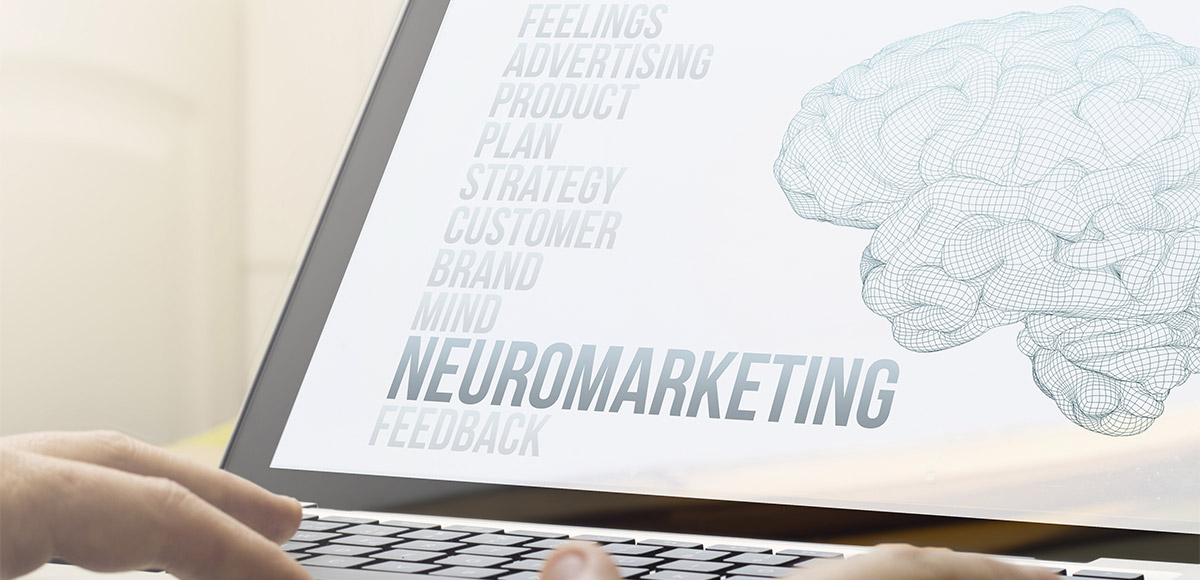
Despite neuromarketing’s widespread influence on the marketing world, many people do not know exactly what it is, or how it can be used effectively. Neuromarketing is a new field of marketing which uses medical technologies such as functional Magnetic Resonance Imaging (fMRI) to study the brain’s responses to marketing stimuli. Neuromarneting experts’ goal is to understand what their customers are looking for, understand how the product or service is connected to the consumer and inspire multiple transactions.
Step 1: Understand who your customers are
First of all, they should understand their customers. They should learn as much as possible about these people and rank them on the basis of demographic, geographic and psychological criteria. Demographic criteria include age, gender, social group, profession, culture, etc. Geographical criteria include mainly the place of residence – the neighborhood, and psychological criteria, the lifestyle, personality, preferences and the behavior during their purchases.
Step 2: Understand in depth the real customers’ needs and desires
Most people do not feel appreciated. They feel as if nobody understands their wants, needs and desires and they want to be accepted by their peers. This feeling leads to loneliness and inactivity from everything, let along from shopping. This means that you have to take immediate action! So, find the hidden motivators of your customers and place this in your marketing messages. Discover what they really need of their everyday life and what they really want from your product categories. This process is how you triple your conversion because they feel like you understand them.
According to neuromarketing, the above cannot be done with a simple marketing research – in other words, with a customer polling. The companies should ‘get a glance into the head of consumers’ using the fMRI process, a powerful magnet system used for medical determines. Only in this way, they will have the best results for the sales of their products and for their customers.
Step 3: Increase the time that customers spend with your brand, products or services
Elongate the time customers spend with your brand. The more customers come in contact with the brand or with a particular product, the more deeply the brand or the product is shaped in their memory and the more they are willing to buy it. So, your brand/product should be advertised as often as possible and in any way and everywhere, because the more attention a prospect spends with you, the more likely they are to buy.
Step 4: Pre-existing Beliefs – Try to reach your customers differently
Customers had a lot of experiences. Some of them are good and some of them are bad. So, try to stand out and present your brand/product using different messages than your competitors. In other words, try to differentiate from competition and give to your customers the experience they have imagined by tailoring your marketing game based on their beliefs. If not, you will get placed into a batch of low-value companies, which then the customer will choose the lowest price.
Step 5: Cognitive Bias – Try to inform your customers correctly
Cognitive bias can mess up customers’ decision making as they promote a path of bad decisions. One cognitive bias that is incorrect is the more information you have, the more likely you will make the right choice. This is incorrect because everyone is skeptical about ideas that do not follow their beliefs. Subsequently, people will gravitate towards information that supports their personal beliefs. So, what matters here is not to give as much information as possible for the product, but to give the right product information. And the right information is the information that links to the customers’ beliefs.
Step 6: Give to the customers what they need to purchase the product
This means give them good product information, tempting price, daily communication with the product – product presentation, confidence that this product is the best alternative choice, etc. Remember to display a positive message that follows their personal beliefs, and the consumers will typically avoid risk.
Step 7: Pride and Social Status – Give them what they have expected for themselves
Last but not least, is the effort that needs to be made so as to give customers the products they believe will allow them to put themselves in a class of peers – social group – they want to be like. This happens because people are following trends of how they believe they want their life to be like. That is why companies often use celebrities to promote and thus sell their products. Celebrities give prestige to products and attract consumers in the most effective way.

